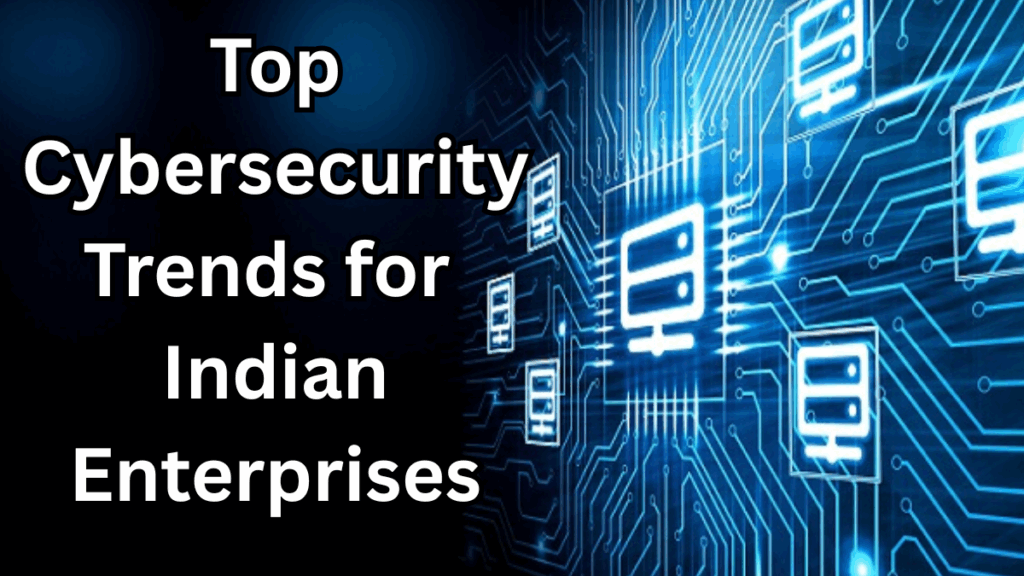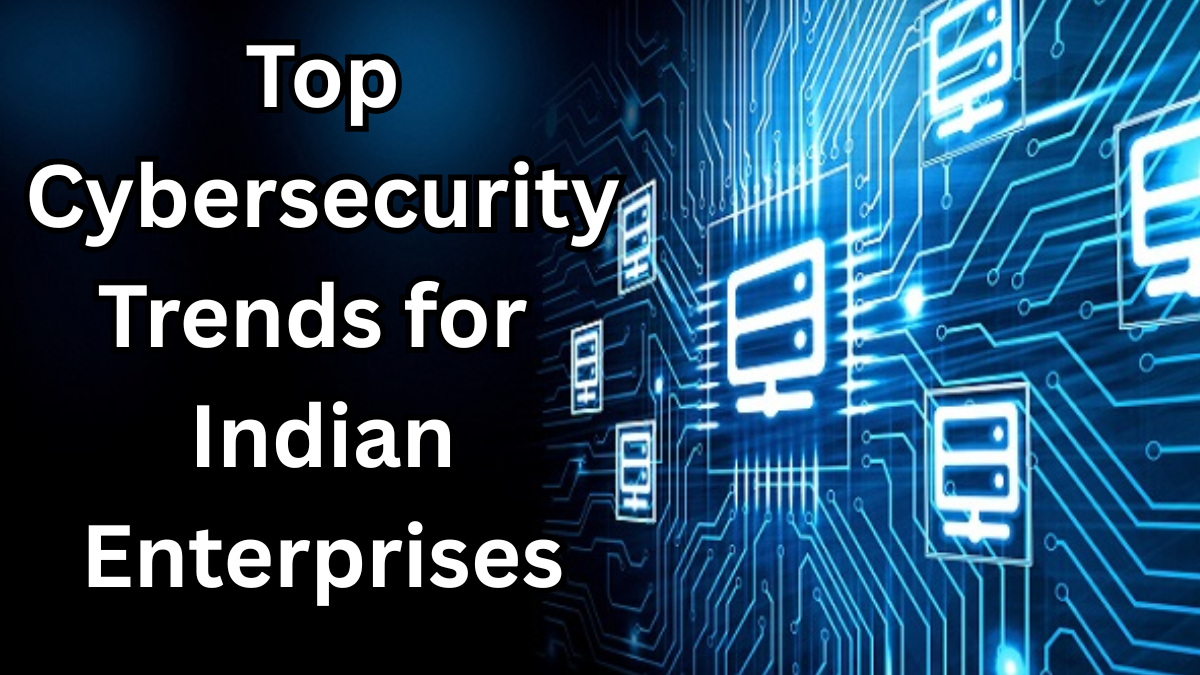Cybersecurity is no longer a back-office concern—it’s now a boardroom priority. As businesses in India embrace digital transformation, the need for robust cyber defense mechanisms has never been greater. The Cybersecurity trends 2025 are shaping how organizations tackle threats, protect data, and build trust with customers.
Here’s a closer look at what Indian enterprises can expect in the coming year.

Why Cybersecurity is Critical for Indian Enterprises
The Indian digital ecosystem is growing at an unprecedented pace. With cloud adoption, AI-driven operations, and a remote workforce becoming the norm, cybercriminals are finding new ways to exploit vulnerabilities.
Key reasons why cybersecurity matters more than ever in India:
-
Rapid growth of digital financial transactions
-
Adoption of cloud-based platforms by SMEs and large corporations
-
Regulatory frameworks pushing for tighter data protection
-
Increased exposure to ransomware and phishing campaigns
Major Cybersecurity Trends 2025
Let’s explore the Cybersecurity trends 2025 that will define how Indian enterprises secure their digital assets.
AI-Powered Threat Detection
Artificial Intelligence (AI) is becoming a frontline defense tool. Enterprises are leveraging AI for:
-
Predicting and identifying potential cyberattacks
-
Automating incident responses
-
Detecting unusual network behavior in real time
Focus on Threat Intelligence in India
Threat intelligence in India is evolving rapidly. Organizations are collaborating with cybersecurity agencies and global networks to gather actionable insights on emerging threats.
This shift is enabling companies to:
-
Proactively identify vulnerabilities
-
Respond to region-specific threats
-
Strengthen their cybersecurity posture
Zero Trust Security Models
The “trust no one, verify everyone” approach is gaining ground. This model ensures:
-
Continuous authentication for users and devices
-
Reduced insider threat risks
-
Stronger access control mechanisms
Ransomware Defense Strategies
Ransomware continues to be a major concern. Enterprises are investing in:
-
Advanced backup and recovery systems
-
Employee awareness training
-
End-to-end encryption
Cybersecurity Investments: Where Are Indian Enterprises Spending?
Here’s a quick snapshot of key investment areas:
| Focus Area | Why It Matters |
|---|---|
| AI & Machine Learning Tools | For faster detection and response |
| Threat Intelligence Networks | Proactive defense against attacks |
| Cloud Security Solutions | Secure digital transformation |
| Employee Training | Reducing human error vulnerabilities |
Challenges Indian Enterprises Face in Cybersecurity
Despite these advancements, challenges remain:
-
Lack of skilled cybersecurity professionals
-
Budget constraints for small businesses
-
Rapidly evolving cyberattack techniques
Preparing for the Future: Best Practices
To stay ahead of cybercriminals, enterprises must:
-
Invest in threat intelligence in India partnerships
-
Regularly update and test security protocols
-
Conduct frequent cybersecurity drills
-
Build a culture of cyber awareness across all departments
FAQs
What are the top Cybersecurity trends 2025 for Indian businesses?
AI-driven threat detection, Zero Trust frameworks, enhanced ransomware protection, and advanced threat intelligence are among the leading trends.
Why is threat intelligence in India becoming so important?
It provides region-specific insights, helping enterprises anticipate and prevent targeted attacks more effectively.
How can small businesses in India strengthen their cybersecurity?
They can start with basic measures like multi-factor authentication, employee training, and subscribing to shared threat intelligence platforms.
Is Zero Trust security difficult to implement?
While it requires a cultural and technological shift, its benefits in reducing insider threats and unauthorized access make it worth the effort.
Click here to learn more
